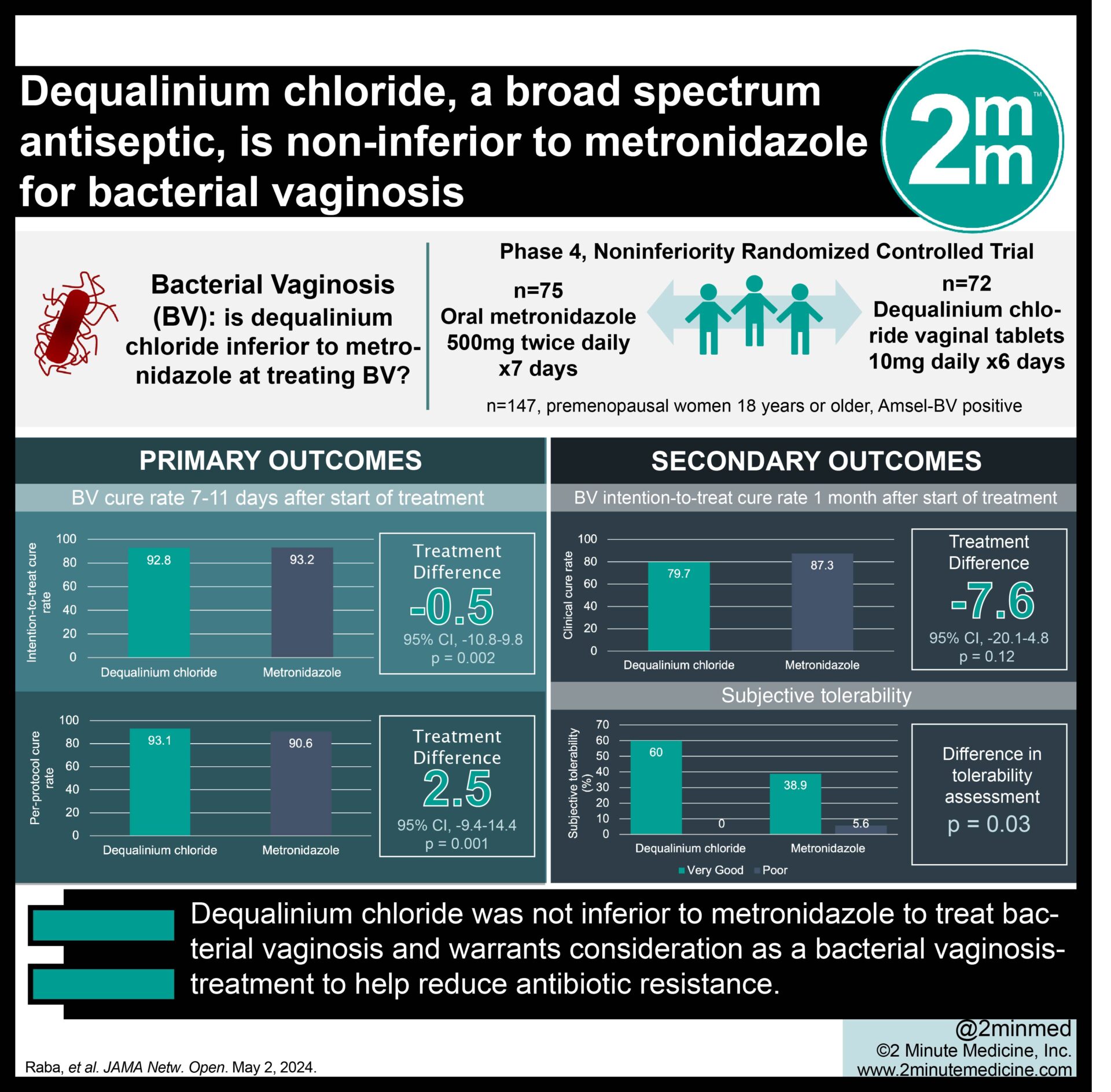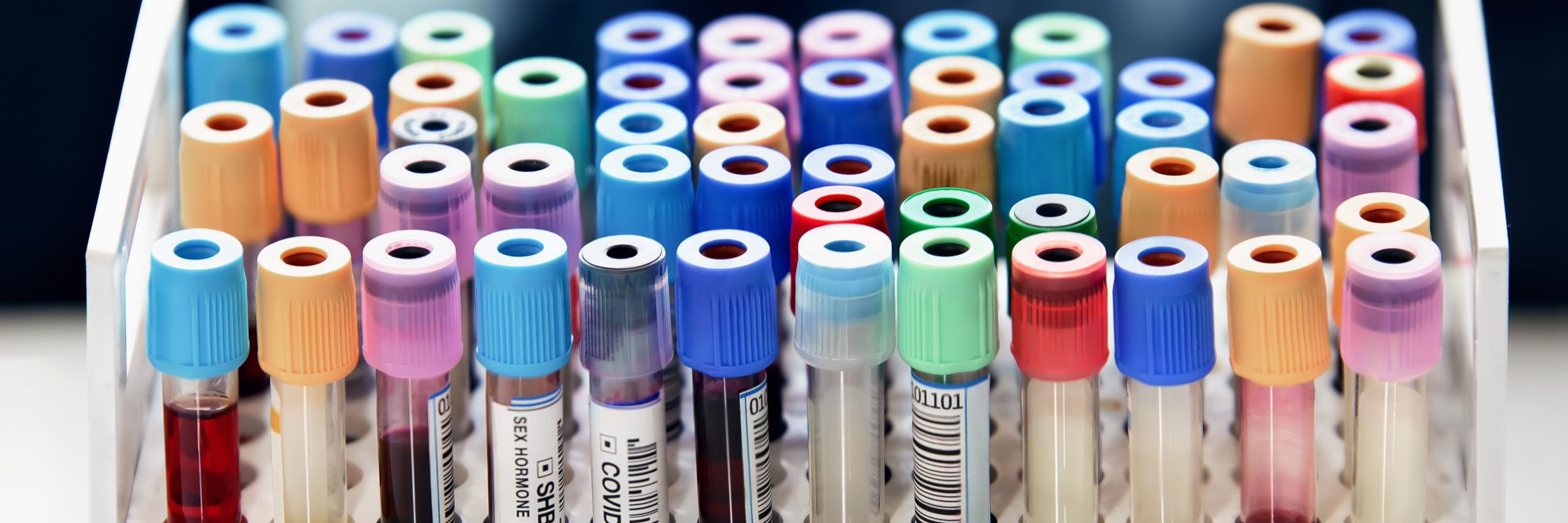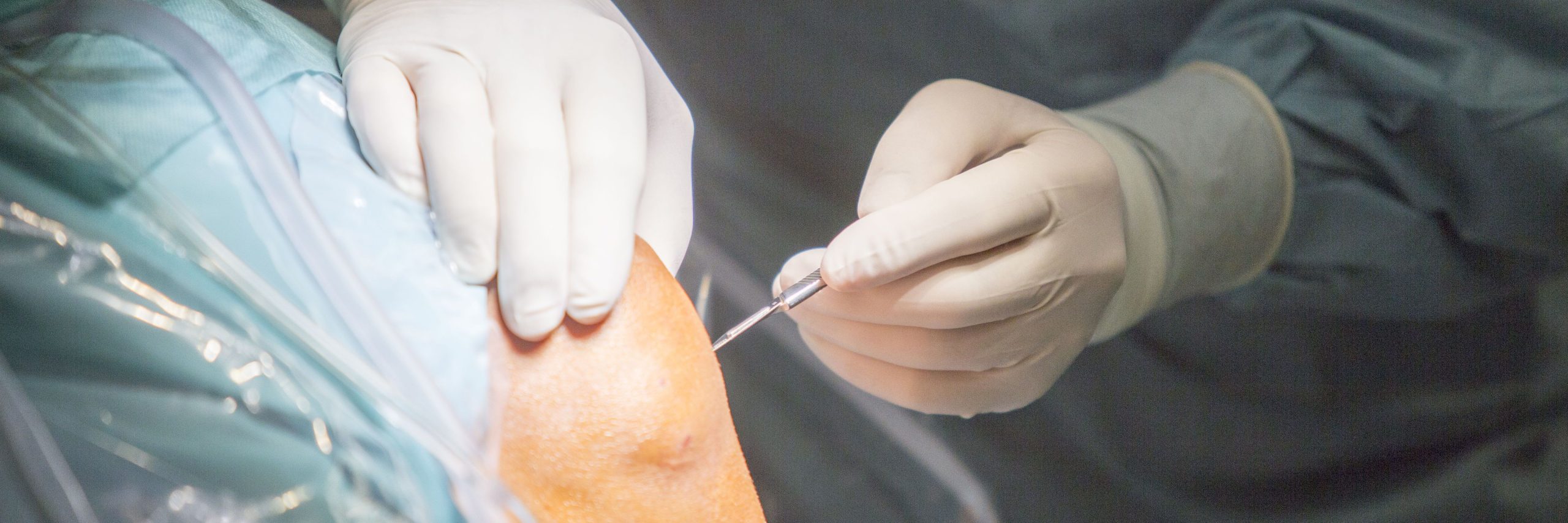The following is a summary of “Effect of three-dimensional intraoperative imaging on surgical outcomes with breast conservation therapy,” published in the JUNE 2023 issue of Surgery by Joel, et al.
Breast conservation therapy (BCT) is a common treatment option for breast cancer but is associated with a risk of positive margins. Intraoperative three-dimensional (3-D) tomosynthesis has been proposed to reduce the risk of positive margins during BCT.
The study involved a retrospective review of an institutional breast cancer registry. BCT cases were evaluated over two years before and after the introduction of intraoperative 3-D tomosynthesis. The primary outcome measure was the effect of 3-D tomosynthesis on the rates of positive margins. Secondary measures included the impact of 3-D tomosynthesis on the need for additional margin procurements during the index surgery and operative time.
A total of 228 cases were included in the study, with 106 cases utilizing 3-D tomosynthesis and 122 cases using standard imaging. There was no significant difference in the rates of positive margins between the two cohorts (23.9% for 3-D tomosynthesis vs. 15.8% for standard imaging; odds ratio [OR] 1.53, CI 0.772-3.032, P = 0.221). However, the use of 3-D tomosynthesis was associated with higher rates of additional margin procurements (OR 2.34, 95% CI 1.303-4.190, P = 0.004) and longer operative times (P < 0.001).
The introduction of intraoperative 3-D tomosynthesis did not result in a reduction in margin positivity rates or improvement in the performance of breast conservation therapy. Instead, the use of 3-D tomosynthesis was associated with increased rates of additional margin procurements and longer operative times.
Source: americanjournalofsurgery.com/article/S0002-9610(22)00829-7/fulltext



















